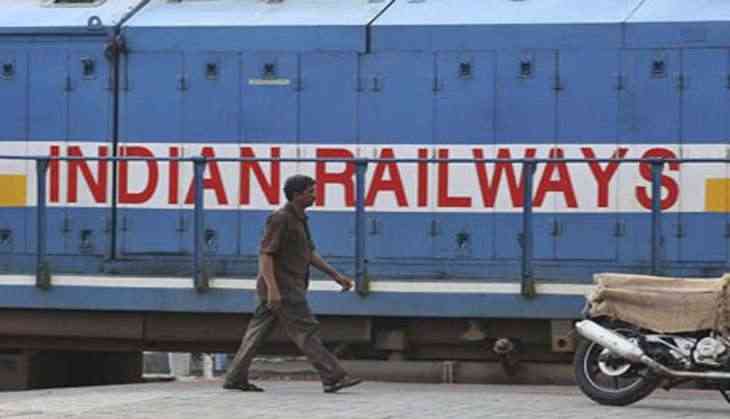Three years and several derailments later this tool to help Indian Railways still stuck in files

Derailments are a regular phenomenon in Indian Railways. But the much-awaited On-Board Condition Monitoring System (OBCMS), a tool for timely detection of defects related to railways rolling stock and tracks, has been enmeshed in files for more than three years now.
OBCMS, a state-of-the-art technology equipped with sensors on wheel bearings, gear boxes and other parts of the train, is meant to notify the control room when machine parts start developing snags. Also, It can alert authorities on the condition of the track well in advance before vital components have a chance to break down.
Problems related to tracks have been a major cause for train derailments. Former Railway Minister Suresh Prabhu had told the Lok Sabha that the government was planning to deploy OBCMS to monitor the health and safety of key components of coaches, freight cars and locomotives. The proper implementation of the system would finally result in improved safety, improved reliability, higher utilisation and reduced operation cost.
Subsequently, the Railways earmarked Rs 113 crore in the budget to use it to deal with the situation emphasising on the use of technology and doing away with the manual system. The system was showcased to Prime Minister Narendra Modi a year ago as a paradigm shift in train maintenance and the surest way to curb rail mishaps.
However, the national transporter, expected to float a global tender to acquire the sensor-based system, could not move beyond the pre-bid stage and remains undecided about its final shape. The system could not be taken up as pilot project either.
The three reasons known to cause the most derailments are track wear-and-tear, bearing wear-and-tear and wheel wear-and-tear. OBCMS proposes to monitor the health of the bearing, wheel and track on a real-time basis as the trains ferry cargo and passengers across the vast Indian Railways network.
Enmeshed in files, while the Railways maintain that specifications are being finalised with due diligence, the fact of the matter is that prolong delay has raised serious questions about the functioning and pace of implementation by the concerned directorate.
“The sensor-based monitoring system is the most effective enabler for the Railways to monitor critical components that have been identified as the major causes for derailment, delay and causes for infrastructure deterioration,” said a senior Railway Ministry official.
According to the system, the on-board sensors record vibrations and temperatures constantly. Vibration anomaly is the earliest indicator that something maybe wrong with the bearing. This allows for operators to mark those bearings out for careful observation, thus preventing any further damage.
Even after the derailment, the vibration analysis can be used to ascertain the cause of the accident whether it happened due to bearing failures, or defect in wheel or tracks.
Detection of bearing fault at the early stage will help prevent occurrences of incidents and maintenance schedules can be planned for bearings that show anomaly. Track condition monitoring would also be a part of the system as the sensors pick up unusual impacts over one location where the trains operate.
However, the official maintained – “Since it is a new system we have to be very cautious before finalising any thing.”
This system is currently in use in the UK, Sweden, Australia amongst other countries. Network Rail, UK is using this system to plan and maintain the track on their networks.
The author is a senior journalist and can be contacted at akdas2005@gmail.com

